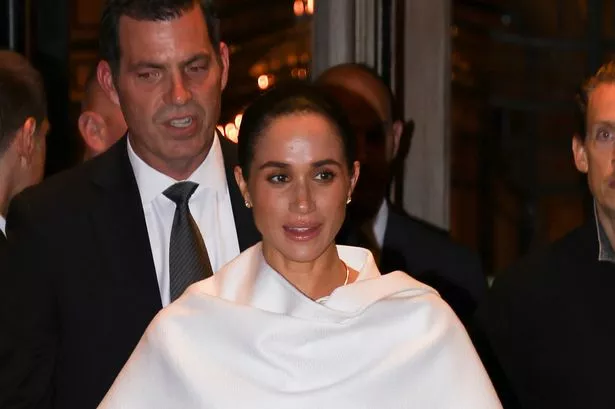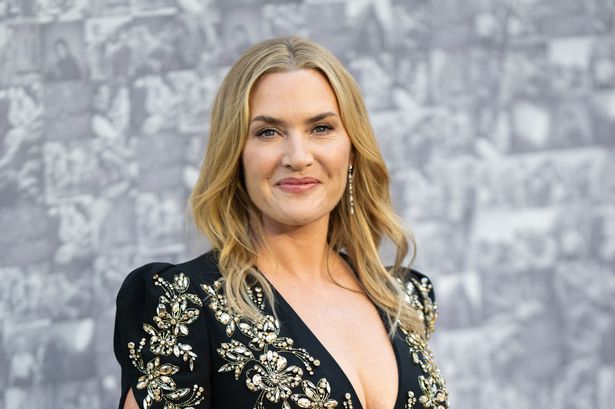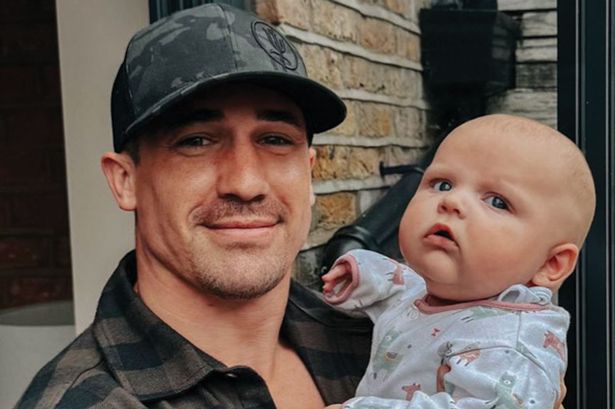As she discusses the infamous 15-year feud between Liam and Noel Gallagher, Victoria Beckham reveals subtilly her ongoing family feud with her eldest son Brooklyn Beckham.
When it comes to her private life, Victoria Beckham has always remained tight-lipped. But now for the first time, Victoria has subtly addressed her fall out with Brooklyn Beckham as she comments on the Gallagher brother’s 15 year feud.
In a recent interview during Paris Fashion Week, Victoria was asked about the Oasis reunion as she attended one of their sell-out concerts. And the first thing that came to mind for the acclaimed fashion designer was the impact the feud between Liam ands Noel Gallagher would have had on their mother Peggy.
It has been suggested that she also made reference to the breakdown between Brooklyn and his siblings and how it affects her now that she has made the comment.
Brooklyn has failed to attend a number of family occasions over recent months. But one event that shocked the world was the 50th birthday party of his father David, which he snubbed.
Additionally, there is no longer any social media interaction with his family. None of his family members were present when he and his wife Nicola recently renewed their vows.
In an interview with Sunday Times, Victoria said: “I just think their mum must be so happy, it must have been really tough on the mum, the boys not talking for all those years. And I just think as a mum, that must be … she must feel so happy to see her boys getting on.”
Victoria continued to mention how close she is to the kids when she touched on family life. She continued, “I see both of them every day; she is still 14 and Cruz is 20. I only see a small fraction of Romeo because he doesn’t reside there.
However, she made no mention of Brooklyn in particular, which was what stood out. The interview was made public shortly after Brooklyn and Victoria showed off their Spring/Summer collection last week, which was another absence.
The rest of the Beckham clan, however, sat front row, putting on a collective display. As she walked the runway, Victoria paused for a moment and bent down to kiss David with all of her heart.
Harper, who had the entire show on camera, sat next to her father. Cruz and Romeo were also in the front row. Brooklyn supported his mother’s hard work last year, but he hasn’t been seen with his family since December of last year.
Brooklyn allegedly addressed his wife’s family in his ceremony address, but he allegedly did not mention his own family to the 200 guests.
Brooklyn also decided against wishing his brother Romeo a happy 23rd birthday last month but remains active on social media. It’s believed that Brooklyn will feature on Victoria’s Netflix show as she refused to edit the scenes. But she has now reportedly “drawn a line in the sand” over the feud.
A source told the Mirror: “It was very much a roller coaster of emotions because of the big thing that’s still affecting her, her fractured relationship with Brooklyn. But it also made her realise that she can’t keep raking over the heartbreak of this situation with him, enough is enough, now.”
She continued, “She knows he will, one day, come back to her, but it’s just not right, that’s how she’s looking at it right now. This project has made her realize how fortunate she is to have her family around and supporting her.” She found it to be very liberating and emotionally wrenching at the same time.
She was shown how loved she is, how her family has supported her, and how she managed to survive, according to the source. She still hopes that she and Brooklyn will resolve their differences, which she obviously does, but she also has a limit to how she fights.
The Mirror has reached out to Victoria Beckham for a comment.
READ MORE: Dunelm’s ‘snuggly and warm’ electric throw heats up quickly for cold weather





